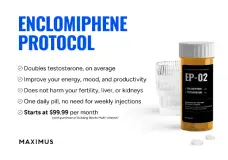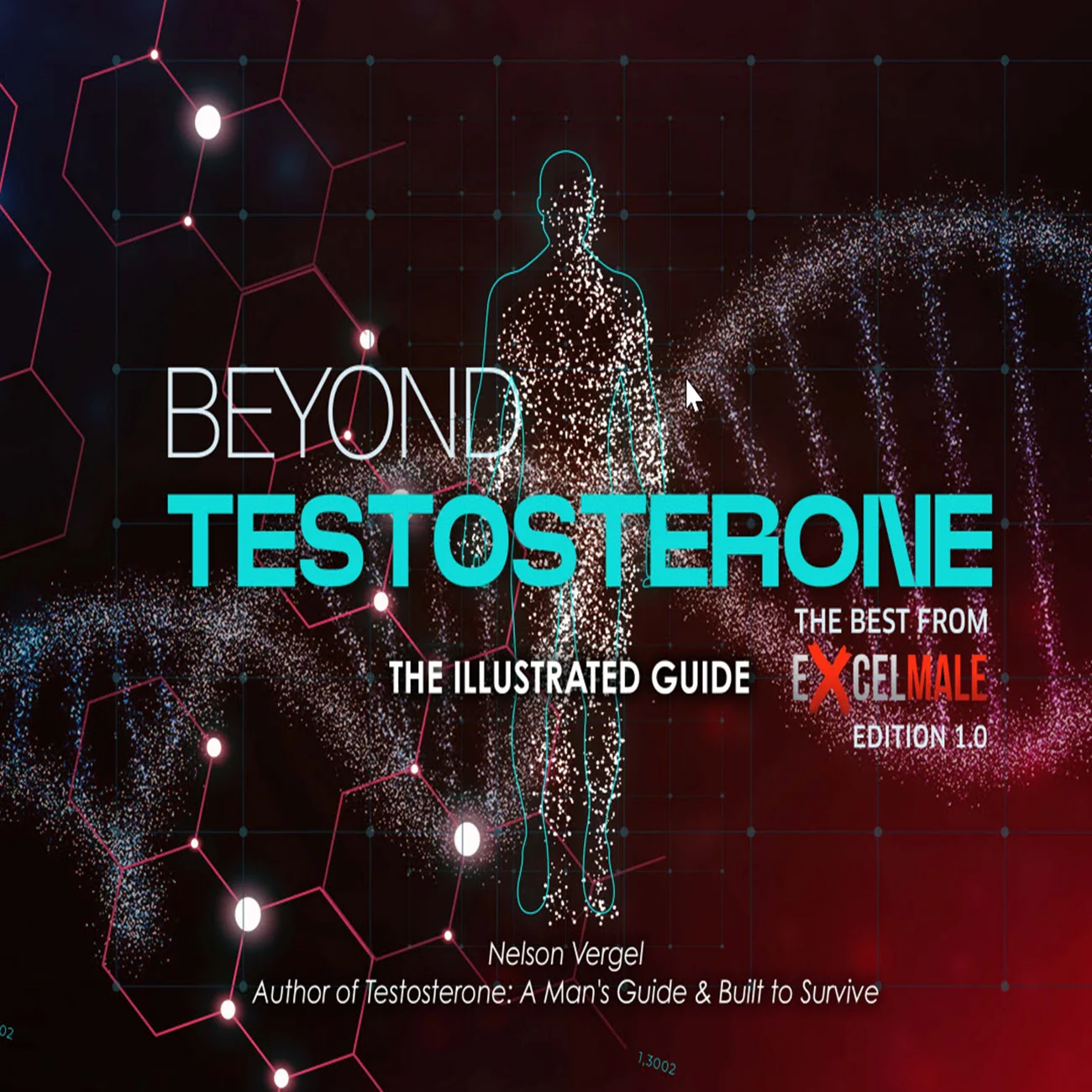Below is a synthesis of what the literature presently shows about clomiphene (and its trans-isomer enclomiphene) and reversal of testicular atrophy in men.
What hard data exist?
An anabolic-steroid–recovery pilot registered in 2024 will measure volume pre-/post-clomiphene, but outcomes have not yet been reported. sciencedirect.com

How might clomiphene reverse atrophy?
Practical clinical take-aways
Limitations of current evidence
While far from definitive, the best available data show that clomiphene/enclomiphene can reverse testicular atrophy that results from suppressed gonadotropins, with reported volume increases of 25–100 % within 3–12 months. The effect is absent or minimal when the underlying testicular parenchyma is irreversibly damaged. Larger, dedicated trials that include precise imaging and fertility endpoints are still needed before clomiphene can be recommended explicitly for “testicular-volume restoration” rather than hormone normalization.
What hard data exist?
Setting | Study design (n) | Testicular-volume result | Time to observation |
Secondary hypogonadism, enclomiphene 25 mg vs testosterone gel vs placebo | Randomised, double-blind, placebo-controlled trial (n = 186) | +40 % mean volume by ultrasound with enclomiphene; –8 % with testosterone gel | 3 months academia.edu |
Congenital/idiopathic HH, clomiphene 25 mg + hCG | Prospective cohort (n = 19) | Mean bilateral volume roughly doubled (orchidometer) | 12 months dovepress.com |
Central HH on TRT switched to clomiphene 25 mg | Single case | “Increment of testicular volume” noted after hormone normalization | “A couple of months” edm.bioscientifica.com |
Idiopathic HH in endurance runner, clomiphene up to 50 mg BID | Single case | Volume rose to ≈ 25 mL (normal range) | 5 months tressless.com |
Mixed hypogonadal men on clomiphene | Retrospective series (n ≈ 300) | Testicular volume largely maintained or mildly increased; baseline size predicted hormonal response | 3–24 months (heterogeneous) sciencedirect.com |
An anabolic-steroid–recovery pilot registered in 2024 will measure volume pre-/post-clomiphene, but outcomes have not yet been reported. sciencedirect.com
How might clomiphene reverse atrophy?
- Blocks estrogen feedback at the hypothalamus/pituitary → ↑ GnRH pulses
- Raise LH & FSH → stimulates Leydig and Sertoli cell
- Restores intratesticular testosterone (vital trophic signal for seminiferous tubules).
- Spermatogenesis resumes; seminiferous tubules regain volume and turgor.
Practical clinical take-aways
Point | Rationale |
Expect changes within 3–6 months on 12.5–25 mg daily (or equivalent enclomiphene). Ultrasound gives the most reproducible measurement. | Fastest increase (40 %) was seen by month 3 in an RCT. academia.edu |
Add low-dose hCG (1 500–3 000 IU twice weekly) if baseline volume < 4–6 mL or congenital HH; synergy is documented. | Combined therapy doubled volume in a year. dovepress.com |
No response by 6 months → re-evaluate for primary testicular damage or obstructive pathology. | Several series note plateau beyond this point. sciencedirect.com |
Monitor LH/FSH, total & free T, estradiol, Hct, semen analysis, and visual disturbances. | Standard safety for SERM therapy. |
Limitations of current evidence
- Only one controlled trial measured volume as a primary endpoint.
- Sample sizes are small; most data are case reports or open-label cohorts
- Measuremen methods (orchidometer vs ultrasound) and reporting units vary.
- Long-term (> 3 y) durability and fertility outcomes remain understudied.
- Virtually no controlled data on steroid-induced or varicocele-associated atrophy.
While far from definitive, the best available data show that clomiphene/enclomiphene can reverse testicular atrophy that results from suppressed gonadotropins, with reported volume increases of 25–100 % within 3–12 months. The effect is absent or minimal when the underlying testicular parenchyma is irreversibly damaged. Larger, dedicated trials that include precise imaging and fertility endpoints are still needed before clomiphene can be recommended explicitly for “testicular-volume restoration” rather than hormone normalization.
Last edited:













